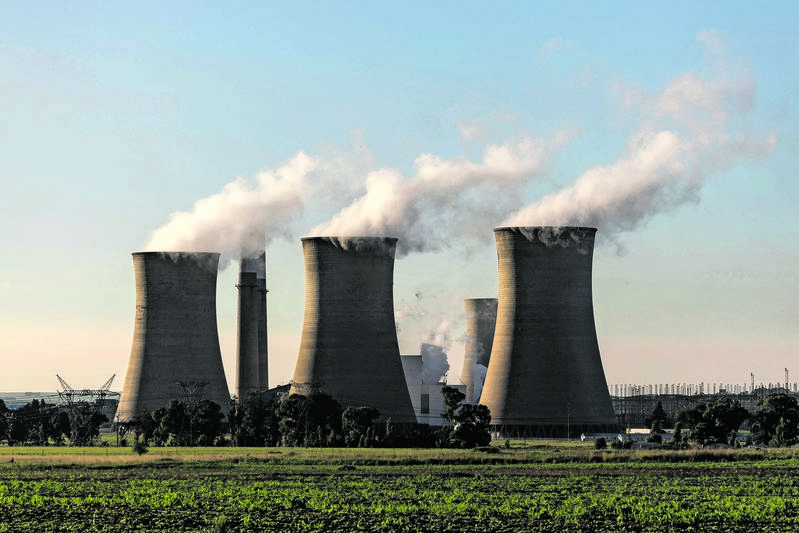

Eskom told the Mail and Guardian that delayed investments and system limitations have hindered its ability to maintain the technology needed to curb emissions.
According to the utility, these technologies had reduced 75% of emissions between 1982 and 2023. But, following cash-flow problems and reduced investments, it said it had been unable to service and maintain the systems, leading to high emissions.
“In recent years, the operating efficiency effectiveness of these technologies has been negatively impacted. This is partially due to late investments and system constraints which negatively influence time available to effect large-scale upgrades and maintain the emission-abatement equipment,” Eskom said.
To address the challenges, it has engaged in emission-reduction projects at several of its power stations, including Kendal, Lethabo, Tutuka, Kriel, Duvha and Matla.
“The aim is to complete these projects before March 2025, with a focus on restoring the efficiency of emission-control systems,” it said.
Eskom uses technologies such as pulse jet fabric filters, electrostatic precipitators, high-frequency power supplies and sulphur dioxide conditioning on plants to reduce small-particle emissions.
As the seventh-largest coal producer globally, South Africa receives more than 80% of its electricity from its coal fleet, substantially contributing to greenhouse gas emissions. The country ranks 14th in the world and is the most polluting country in Africa.
Eskom said it would be able to curb emissions more effectively after the country fully transitioned to renewable energy after decommissioning its coal fleet.
The comments come after the department of mineral resources and energy called for power stations to continue burning coal for a while longer in its updated energy blueprint called the Integrated Resource Plan.
This goes against the Presidential Climate Commission’s suggestion that emissions from the stations would hinder South Africa in reaching its goal of moving towards cleaner energy sources.
Moving to cleaner energy aligns with the Paris Agreement signed by South Africa and 195 other nations in 2015. The agreement is an international treaty that seeks to limit global warming to 1.5°C. It is also the foundation of the just energy transition where the country has collaborated with global partners to secure funding for an equitable move away from coal
A report by the Centre for Research on Energy and Clean Air released last year found that delaying decommissioning plants until 2030 would cause a projected 15 300 excess air pollution-related deaths.
According to the report, maintaining the current pace of decommissioning in the 2030s and 2040s would lead to increased health impacts and economic cost. If not expedited, this delay could result in 32 300 deaths from air pollution and incur economic costs of R721 billion.
Air pollution from Eskom’s ailing fleet of coal-fired power stations is expected to be responsible for 79 500 deaths from 2025 until their end of life under the company’s planned retirement schedule and emission-control retrofits.
Last year, Eskom was granted an exemption to bypass sulphur dioxide pollution control at its Kusile power station in terms of section 59 of the National Environmental Management: Air Quality Act to allow it to restore lost generation capacity at the plant while a damaged stack underwent repairs.
This was slammed by environmental groups who argued that continued emissions would harm the health of people living close to the power stations.
Another report by the centre last year found that Eskom looked set to continue breaching South African emission standards on air quality.
Minimum emission standards are published under the Air Quality Act and stipulate the limits of nitrogen oxides, sulphur dioxide and particulate matter that can be emitted from Eskom’s power station stacks.
The report anticipates that the emissions from the coal-powered fleet will have varying health and economic consequences due to air pollution.
However, the utility says has put measures in place to deal with the problem





